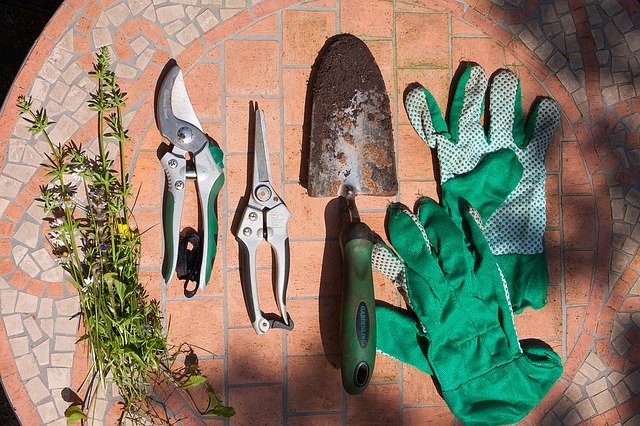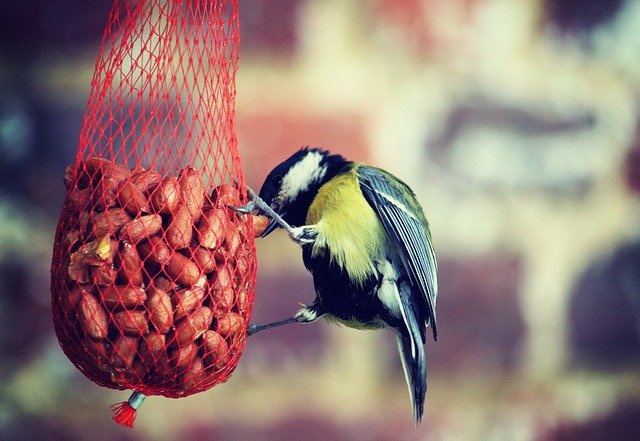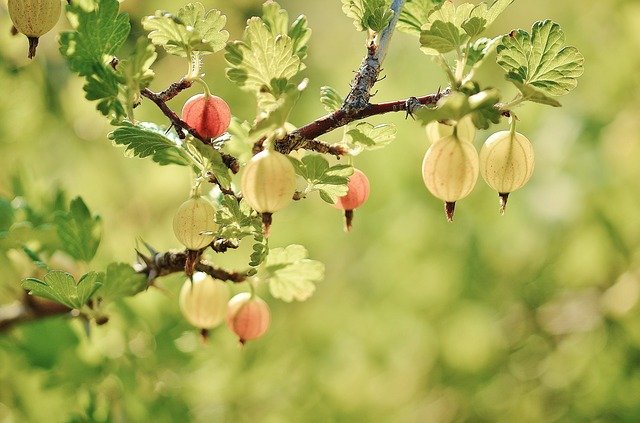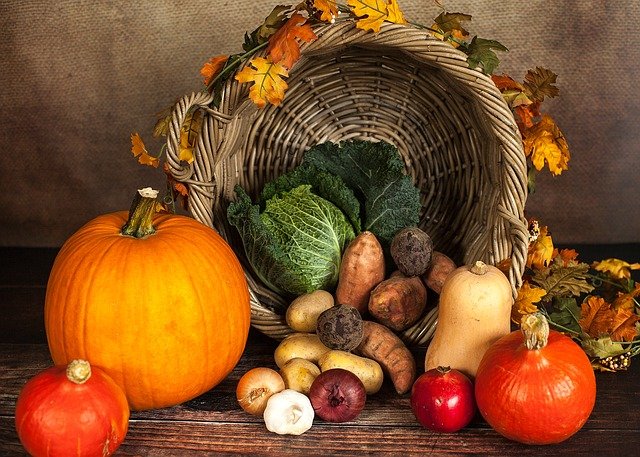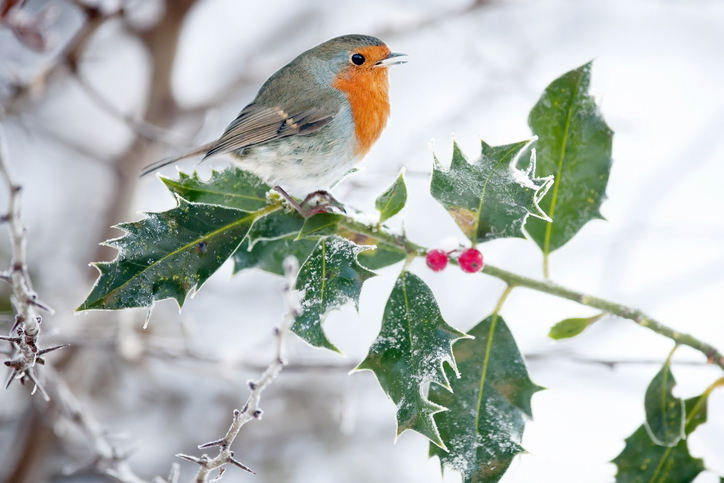August Gardening Jobs
Reading time: 5 minutes
Gardening jobs for August
August is a peak month for enjoying the fruits of your labour. The garden is in full swing with plenty of harvesting, pruning, and maintaining to do. Here are the essential gardening jobs for August:
Watering
Task: Continue watering your plants and flowers.
Why: Consistent watering is essential during the hot summer months to keep plants healthy and thriving.
How: Water early in the morning or late in the evening to reduce evaporation. Use mulches to help retain moisture.
Weeding and lawn maintenance
Task: Keep on top of weeding and cutting the grass.
Why: Regular maintenance keeps your garden looking neat and prevents weeds from competing with your plants.
How: Hoe or hand-pull weeds regularly. Mow the lawn frequently, setting the blades higher during hot spells to avoid stressing the grass.
Harvesting tomatoes
Task: Harvest tomatoes throughout the month.
Why: Regular harvesting encourages more fruit production and ensures you enjoy the tomatoes at their peak ripeness.
How: Pick tomatoes when they are fully red and firm. Avoid overwatering to prevent the fruits from splitting.
Deadheading and pruning
Task: Continue deadheading and pruning.
Why: Deadheading promotes continuous flowering, and pruning helps maintain the shape and health of plants.
How: Remove spent flowers just above the first set of healthy leaves. Prune shrubs and perennials to shape and remove any dead or diseased wood.
Trimming hedges
Task: Trim or cut back hedges.
Why: Trimming maintains the shape and health of hedges and keeps your garden looking smart.
How: Use hedge trimmers or shears to shape the hedges. Check for any remaining nests before starting.
Taking cuttings
Task: Take plant cuttings.
Why: August is a good time to take cuttings as the wood is likely to root quickly, allowing you to propagate new plants.
How: Choose healthy, non-flowering shoots and cut them just below a node. Remove the lower leaves and dip the cut end in rooting hormone before planting in a pot with moist compost.
Sowing autumn-harvest salad crops
Task: Sow autumn-harvest salad crops such as rocket, land cress, and winter lettuce.
Why: Sowing now ensures a fresh supply of salad greens into the cooler months.
How: Sow seeds thinly in rows or patches. Keep the soil moist and thin seedlings as they grow to allow space for mature plants.
Harvesting soft fruits
Task: Continue to harvest soft fruits such as raspberries, strawberries, blackberries, and apricots.
Why: Regular harvesting prevents fruits from overripening and encourages more production.
How: Pick fruits when they are fully ripe and at their sweetest. Use clean scissors or gently twist the fruit to avoid damaging the plant.
Harvesting vegetables
Task: Harvest vegetables such as potatoes, beetroot, carrots, courgettes, peas, and a variety of beans.
Why: Regular harvesting ensures the best flavour and frees up space for planting new crops.
How: Use a garden fork to lift root vegetables carefully. Pick courgettes, peas, and beans regularly to encourage more production.
Planting autumn-flowering bulbs
Task: Plant autumn-flowering bulbs like cyclamen and crocus.
Why: Planting now ensures quick-flowering blooms for autumn.
How: Choose a sunny or partially shaded spot with well-drained soil. Plant bulbs at the depth recommended on the packaging.
Managing strawberry runners
Task: Manage strawberry plant runners.
Why: Runners provide an opportunity to propagate new plants for free.
How: Peg down runners in pots or a prepared area of soil. Once they have rooted, cut them free from the mother plant.

Additional August gardening tasks
Feeding plants
Task: Feed plants regularly.
Why: Feeding provides essential nutrients that help plants thrive and produce abundant flowers and fruits.
How: Use a balanced liquid fertiliser every two weeks, following the manufacturer's instructions.
Check for pests and diseases
Task: Regularly inspect plants for pests and diseases.
Why: Early detection and treatment prevent serious infestations and damage.
How: Look for signs of pests like aphids, slugs, and spider mites. Treat with organic methods or appropriate pesticides.
Supporting tall plants
Task: Support tall or top-heavy plants.
Why: Supporting plants prevents them from flopping over and getting damaged.
How: Use stakes, canes, or plant supports. Tie plants gently with garden twine or soft ties.
Mulching beds and borders
Task: Apply mulch to beds and borders.
Why: Mulching helps retain moisture, suppress weeds, and improve soil structure.
How: Spread a 5-8cm layer of organic mulch around plants, keeping it away from stems and trunks.
Avoid overwatering tomatoes
Task: Be careful not to overwater your tomatoes.
Why: Overwatering can cause the fruits to split.
How: Water tomatoes deeply but infrequently. Allow the soil to dry slightly between watering and mulch to retain moisture.
These tasks will help you get the most out of your crops, ensuring your garden remains productive and well maintained throughout the summer. Happy gardening!






